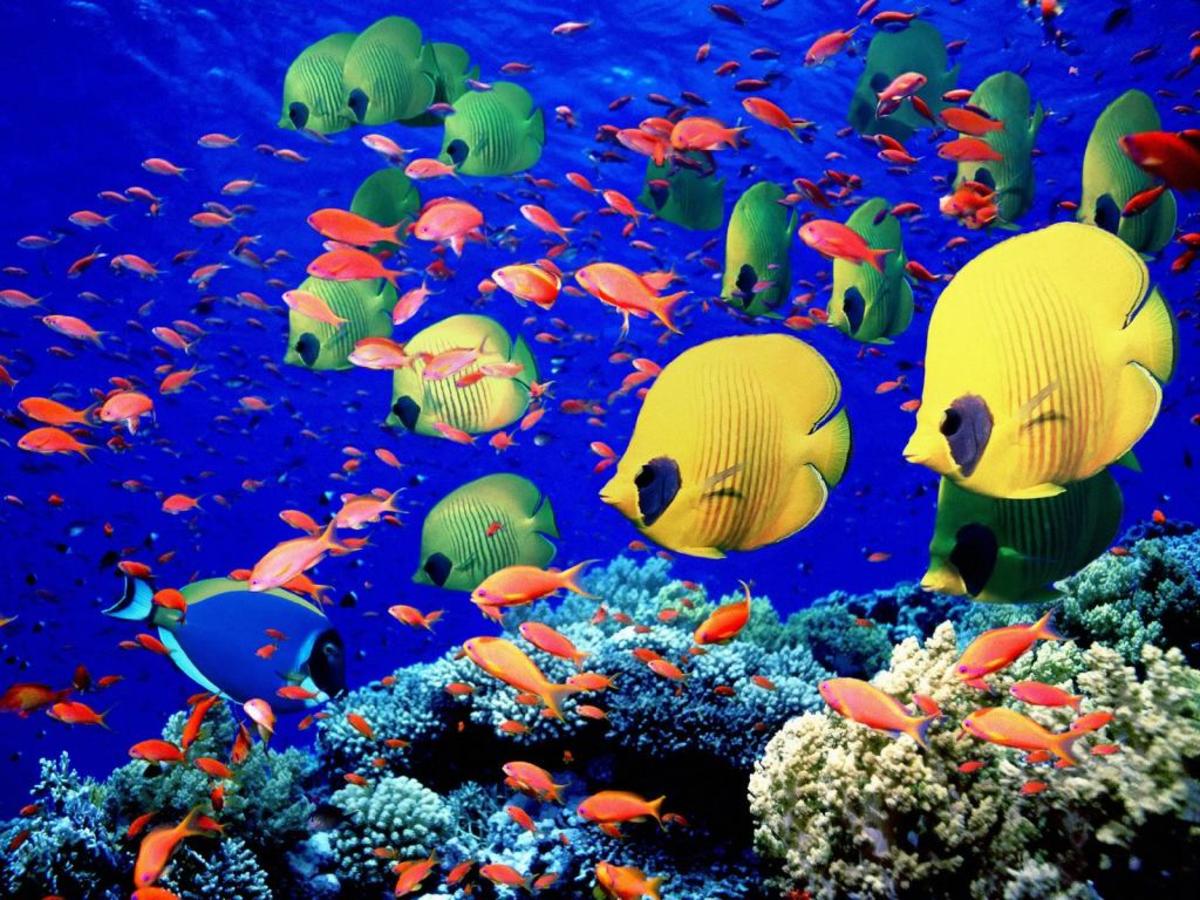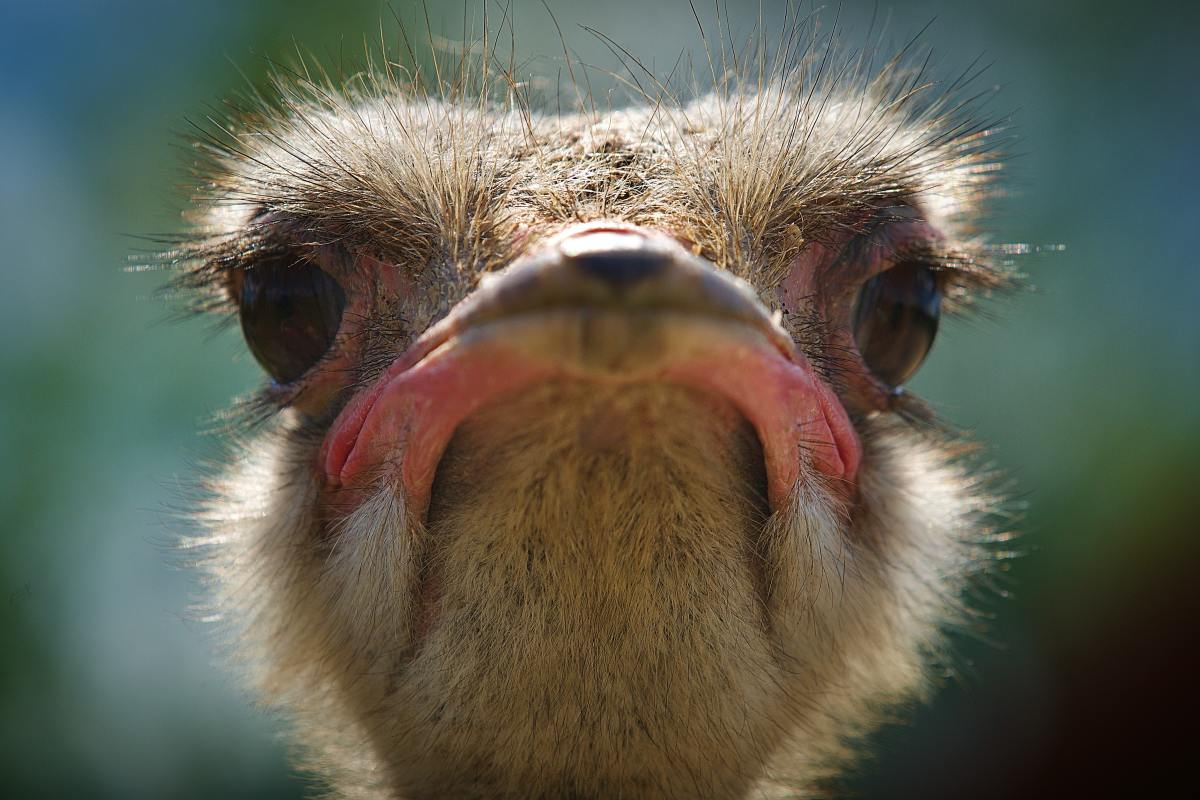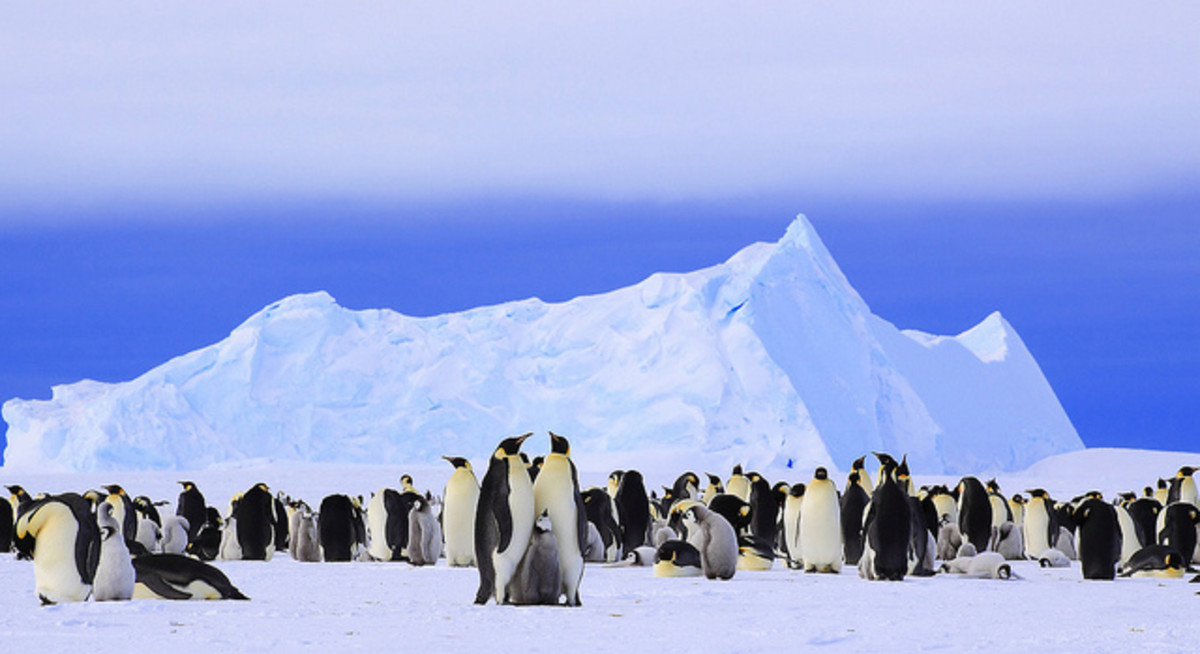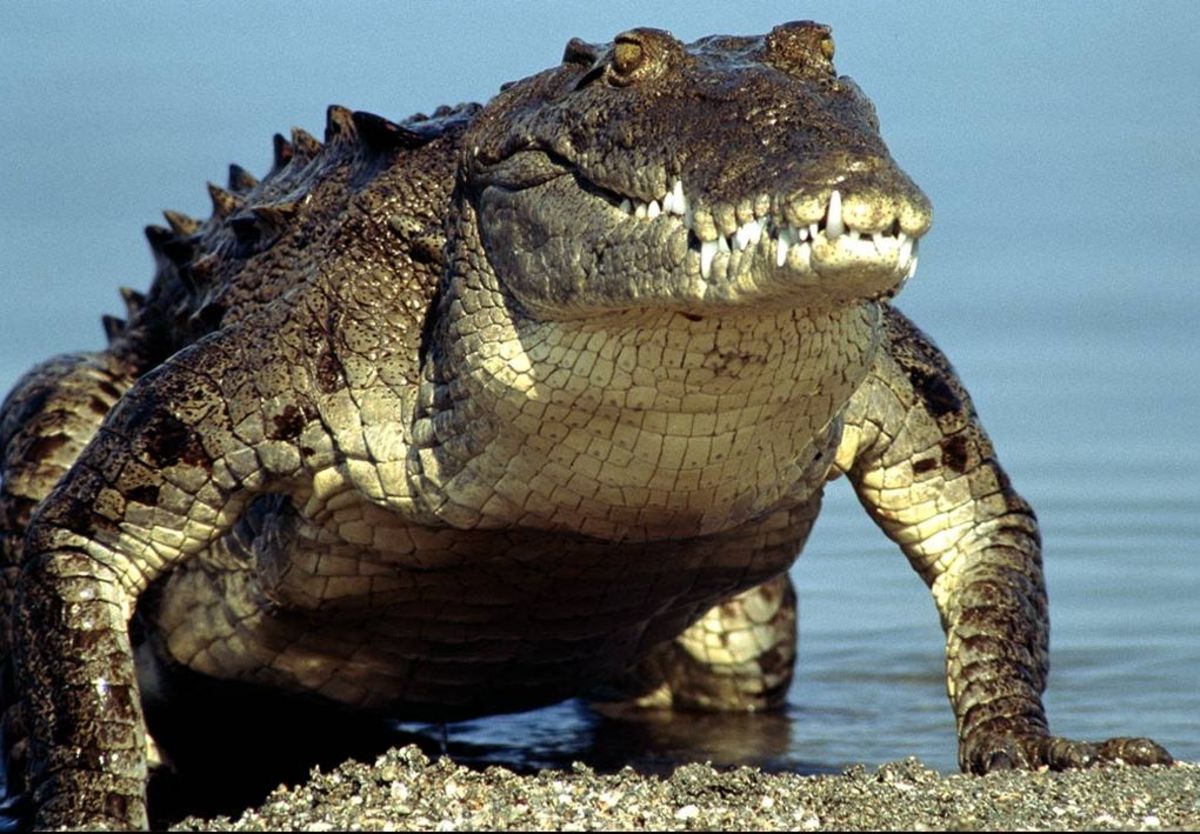Nature's Giants
The African Bush Elephant- The Largest Land Animal
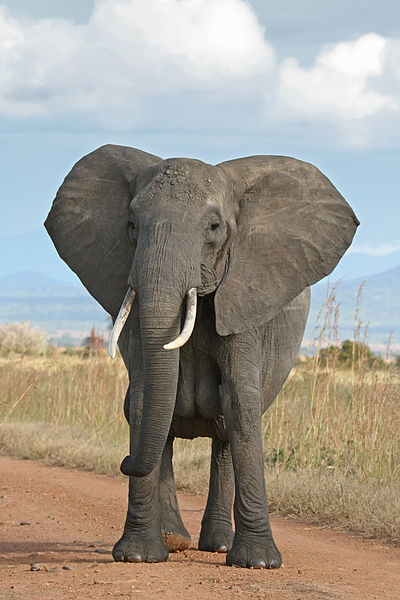
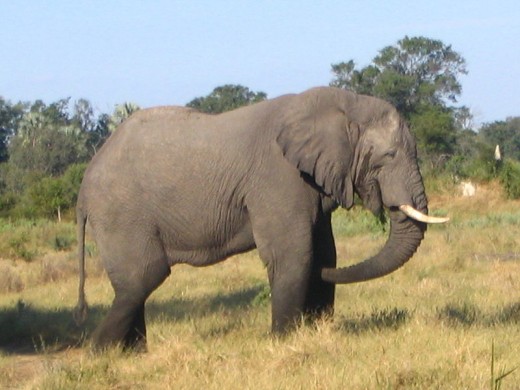
The Largest Land Animal
The African savannah elephant stands uncontested as the largest animal walking the earth, although compared to the biggest dinosaurs, it’s a relative minnow. However, I use the word minnow very lightly because the largest elephant ever recorded was a bull shot in Angola in 1974. It weighed more than 12 tons, the equivalent of 178 average men, stood 13 feet high at the shoulder and from trunk to tail measured 35 feet. Another bull shot later in Damaraland, Namibia stood slightly higher at the shoulder, but these desert elephants have proportionately longer legs, so they fall within the average weight range of a savannah elephant.
That average weight is around 6 tons, while their forest cousins are slightly smaller, weighing in at around 4 tons. The Asian elephants weigh roughly the same as the forest species, but are much taller on account of the top of their heads being higher than their shoulder. Incidentally the Asians stand 12 feet off the ground, while the forest elephants are usually around 9 feet tall. Only the white rhino and the hippo are able to give the elephants any sort of competition as the world’s largest land animal, in terms of weight at least.
Not surprisingly, elephants boast other intriguing records, including possessing the largest appetite of all land animals, munching their way through up to 330Ibs off vegetation today, which rises to double that amount in the largest bulls. Despite this huge intake though, their huge stomachs and intestines are unable to digest the food efficiently. This is of great benefit to animals who feed off its faeces and the plant seeds that it helps to disperse in its specially pre-packed fertiliser.
A Bamboo Forest

Watch Bamboo Grow
The Fastest Growing Plant
Bamboos are rather strange plants. At first glance, you think of them as trees, but as a matter of fact, they are actually gigantic woody grasses. Most of the 1200 or so species do their growing primarily in their early life. Upon reaching maturity, the bamboo ceases growing entirely, so a mature bamboo could remain the same height for more than 100 years. Instead it prefers to send up more and more shoots, which can ultimately result in an impenetrably thick understory.
Their flowering is equally bizarre and eccentric, with many species flowering just once in their lives when aged between seven and 120, and then simply die. This can often result in every single plant of a certain species setting seed and then dying at the same time. For the giant panda which feasts on virtually nothing besides bamboo, this can prove a problem whenever the local bamboo species flowers.
Bamboo is also highly important for us as well. Apparently there are up to 1500 recorded uses for it and today, up to 40 per cent of the world’s population depend on it in some way or other. The tortoiseshell bamboo is unique amongst its kind as it actually manages to survive its flowering, thus making it ideal to be grown as a crop. It’s among the tallest of all the bamboos, and also the fastest growing. One such shoot is recorded as putting in 3 feet of growth a day, that's more than an inch an hour. Another managed to grow more than 65 feet in just eight weeks; in comparison the mighty English oak takes more than 150 years to reach those sorts of heights. Bamboos really are the grass you could watch grow.
The Largest Wings in Action
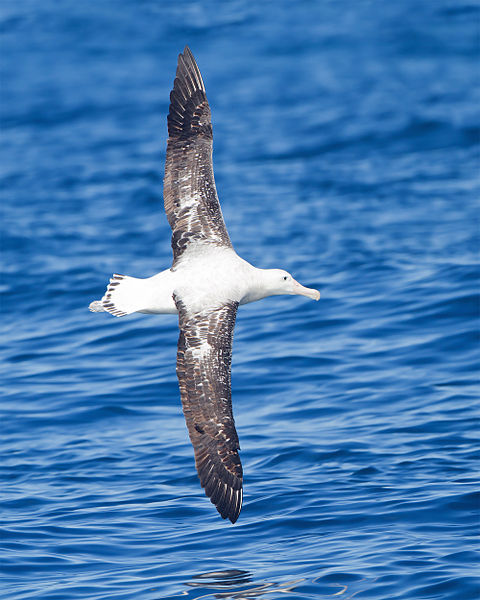
Albatross Conservation
- WWF - Albatross
Facts, information and pictures about albatross and the threats that are pushing some species close to extinction.
The Largest Wingspan
Of all of the creatures able to take to the air, the one that boasts the most impressive wingspan is the wandering albatross. They are narrow, flat and light, perfectly adapted for soaring and gliding at high speeds across the vast open ocean while utilising the strong and steady winds. By riding the waves and weather fronts, they can cruise at speeds of up to 34 mph over vast distances and up to 55 mph over shorter distances. They don’t breed until their sixth year, and live for over 50 years, pairing up with the same partner if possible for that entire time. Over its lifetime, the wandering albatross builds up an extensive ocean map, remembering the best foraging spots, and also its birthplace, normally a rocky island; where it'll return year after year to display and breed. The only time many albatrosses actually see land is when they return to their birthplace.
The smaller, lighter females are able to maintain maximum glide speed using lighter winds, and so forage further north than the larger, bulkier males, who are more energy efficient in the windier sub-Antarctic. This means that a single albatross pair can collectively scour an area covering up to 8000 miles on a single trip. The separate foraging behaviour sounds bizarre but it is essential when it comes to reducing competition for food.
The wandering albatross possess large tube-nostrils, which enable them to locate feeding areas using scent cues- or chemicals released over upwelling zones and sea mounts. Their favourite food is deep water squid, which it may catch by patiently sitting on the sea at night, waiting for these normally reclusive creatures to venture to the surface. The wandering albatross is also a scavenger, often accompanying the more gregarious gulls in the pursuit of ships, hoping to catch some fishing scraps or other refuse. The scavenging of fishing waste is the albatross’s biggest downfall though, as huge numbers drown every year through attempting to scavenge fish bait straight from the hooks of long-line fishing fleets. The numbers that succumb are so huge, that the species is now threatened with extinction.
Two of the World's Longest Snakes
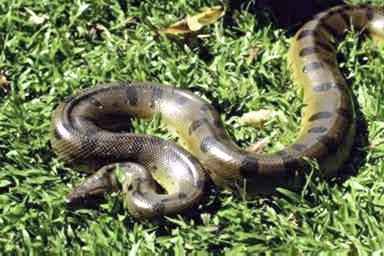
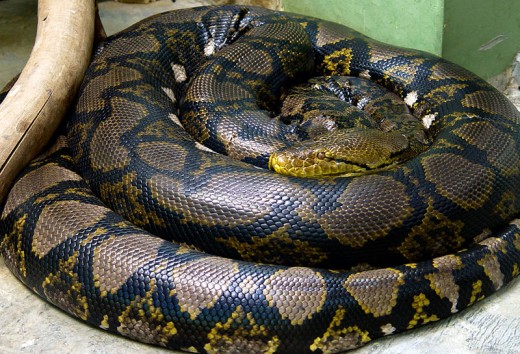
The Longest Snake
You may remember me writing a hub about Titanoboa- ‘The Biggest Snake that ever lived’ that prehistoric monster reached the scarcely imaginable length of 48 feet. Today, despite the claims of many explorers, who normally possess wild, fertile imaginations, most modern herpetologists maintain a healthy scepticism of any reports of a snake in excess of 30 feet in length.
In my Titanoboa hub, I stated that the Giant Anaconda was the longest snake alive today, and indeed many do reach lengths of 20 feet or more, but they are also the subject of the most exaggerated claims of size than any other animal. They spend a lot of their time in water, and so admittedly claims of extreme length are often supported by stating that a life in the water is useful for supporting their bulk. Anacondas are able to reach a weight of around 500Ibs, largely as a result of the semi-aquatic lifestyle. However, famous claims of extreme length, such as the one put forward by Lt. Col. Percy Fawcett in 1907, which supposedly recorded a snake measuring 62 feet in length have long since been demonstrated to be a gross exaggeration.
Female reticulated pythons routinely reach lengths of 20 feet, and as length comes with age, and constrictors the world over tend to lead long lives, the possibility of extreme lengths are certainly feasible. The longest snake, officially recorded was a female reticulated python, supposedly measuring 32 feet in length, when shot in 1912 on the Indonesian island of Celebes.
A large female is sufficiently strong, long and expandable enough to stop the blood flow and breathing of a large mammal and swallow it whole. There is even a reliable record that on one occasion a reticulated python was found with an adult human in its stomach. The top records for length will probably remain whatever was recorded in the past, as increasingly all across the world; snakes are persecuted for their skin. Sadly, many alive today will die young, and thus fail to reach the extreme lengths that so enthralled those early 20th Century explorers.
A Forest of Giants

The Tallest Living Thing
The Stratosphere Giant located in the Humboldt Redwoods State Park in California may now be the tallest tree in the world, and the tallest living organism, but it faces competiton from the Hyperion Redwood in northern California, which may indeed be the tallest tree ever recorded, but this is still to be officially reported.. The tallest ever reliably recorded for the time being was the Cornthwaite Tree, a colossal mountain ash in Victoria, Australia. It was felled in 1855, and was recorded as once being 374 feet tall. Today, the tallest mountain ash grows in Tasmania, and currently stands at 318 feet, meaning that all of the tallest trees in the world are Californian redwoods, of which there are two dozen that stretch more than 360 feet into the air.
Redwoods unfortunately have been extensively logged over the past few centuries, and so it’s very likely that there were taller ones in the past. But how much taller exactly? According to calculations made in 2004 which took into account factors such as the pull of gravity and the limits of water friction, it’s possible for a California redwood to reach heights of 400-426 feet.
So what goes on up there, 50 or 60 storeys off the ground? For one thing, these mammoth trees actually sprout whole new trees, known as reiterated trunks. One redwood studied had a whole forest in its crown – a staggering 209 reiterated trunks. Most admittedly were fairly small, but the largest was 8 feet in diameter and stood 13 feet tall. Deep soil had also managed to accumulate up there, in crotches and on large branches, providing a lofty home for ferns, shrubs and other species of trees. There were also plenty of insects and earthworms, molluscs and even a population of salamanders.
Showcasing the Ostrich
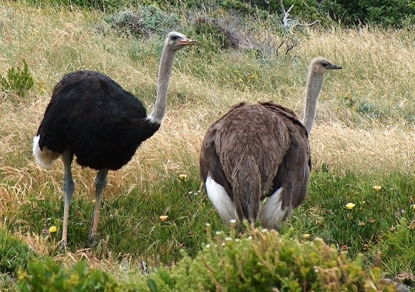
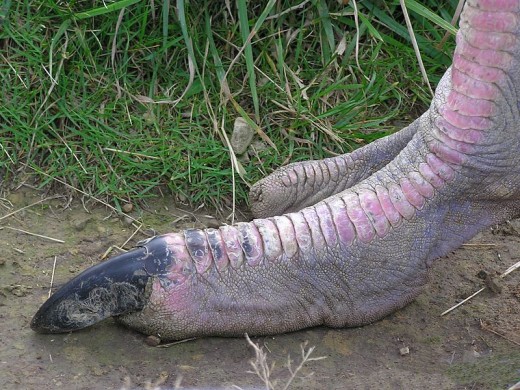
The Biggest Bird
The ostrich is not only the tallest bird, but also the heaviest, the fastest runner with the largest eyes and the biggest egg. Being an herbivore and very large, it must spend most of its time eating, and often travels many miles a day to get its fill. When it is forced to flee from predators, its huge thighs are capable of powering it up to 45 mph, aided by its two toed feet, as opposed to the four toes possessed by other birds.
The ostrich’s scientific name is Struhio camelus, which probably refers to the fact that it can get by with very little water, obtaining the bulk of its moisture from succulents and other plants. It also has a long windpipe that helps to cool inhaled air, thus lessening the amount moisture that is exhaled. The huge fluffy remnants of its wings act as sunshades and fans, and a comparatively featherless neck and legs help to dispel heat quicker.
The ostrich is a very formidable creature, especially when it comes to defending itself, which it does by using its powerful legs to kick the assailant. But it’s a gentle creature by and large; which is more than can be said for the largest bird that ever walked the Earth- the Stirton’s thunderbird. This flightless giant from Australia stood nearly ten feet tall, and weighed in at over 1100Ibs. Scientists have nicknamed this monster ‘the demon duck of doom’ on account of its close relationship with ducks, its huge bill which was almost certainly a useful tool for bone cracking. We know that ‘the demon duck of doom’ lived alongside the Aborigines through ancient cave paintings, dated to more than 26,000 years ago. It’s thought that this monster became extinct around the 26,000 year mark.
The Ostrich Running
A True Leviathan
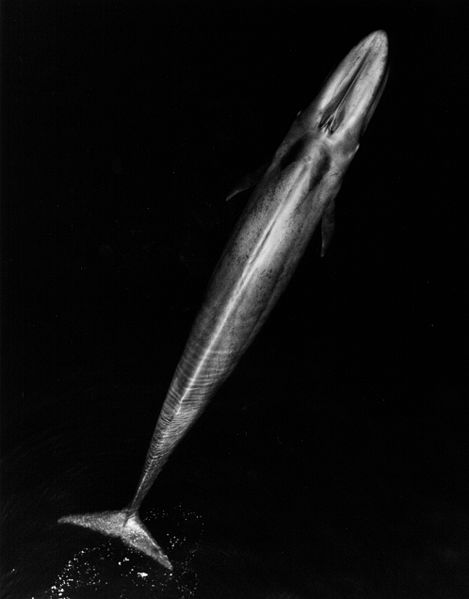
The Largest Animal Ever
We are very fortunate that in the modern world, we still live alongside the largest animal to have ever lived. The blue whale is so colossal that it even makes the giant Sauropod dinosaurs seem like mere minnows. As well as being the largest animal ever, it also lays claim to a clutch of records including the loudest voice, the biggest appetite and the smallest prey in relation to its body size. Despite its phenomenal size, we actually know surprisingly little about many aspects of its life. It grows to an average of 88 feet in length, but has been known to reach 110 feet and have tipped the scales at a mind boggling 190 tons.
It seems surprising that it can grow to such a size when it predominantly eats tiny shrimp like creatures called krill, but a single blue whale can gulp down about four tonnes or more of these highly nutritious crustaceans a day. They have the loudest voice in the animal kingdom, its low frequency sounds can be broadcast across hundred or even thousands of kilometres, though no one knows whether such powerful vocalisations are used for communication or for aid when navigating underwater.
The blue whale’s size and speed saved it in the days of sailboat whaling, but one of the grimmest blue whale facts is that more than 350,000 were killed following mechanisation of the whaling fleets during the 20th Century. Almost all known populations were drastically reduced in size, some by up to 99 per cent. Thankfully, in the modern era the hunting of blue whales is banned, but only the population that spend their summer off the coast of California seems to be thriving. Elsewhere, huge concerns remain about the future existence of these remarkable gentle giants.
Paling into Insignificance
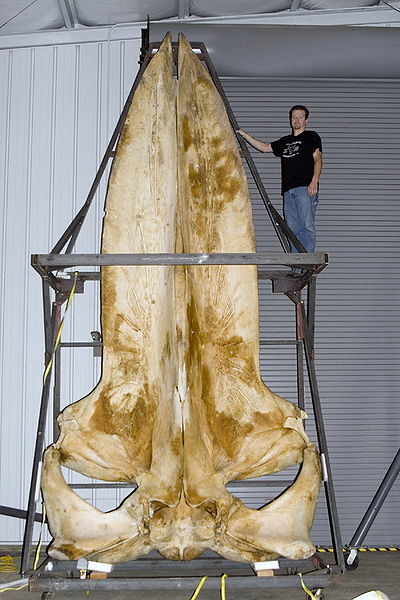
One of the Most Recognisible Animals in the World
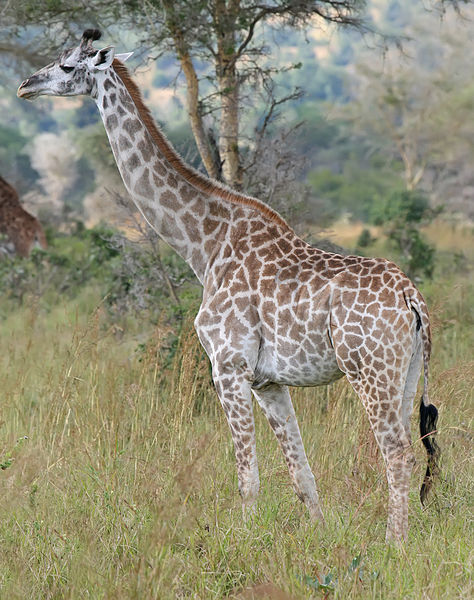
The Tallest Animal
Evolution often has a way of giving certain lucky animals a monopoly on one aspect of their environment, and the best example of this is the giraffe. No other larger mammal, bar the occasional elephant can browse the higher reaches of the acacia trees that make up the bulk of the giraffe’s diet. Using its sensitive, dexterous lips and a prehensile tongue, they carefully strip out the leaves from their thorny fortress. In this way, a giraffe can get about 75Ib of uncontested vegetation a day. It’s also able to obtain enough moisture from its diet to survive without drinking. If an opportunity does present itself, it has to spread its front legs wide, get its head down and rely on a complicated series of vascular valves to keep its blood from rushing down there too.
Its height, size and excellent vision mean that an adult giraffe is not an easy animal to ambush in the day, and other animals may even use giraffes as predator look outs. However, nightfall does pose a serious threat in the form of lions, as the giraffe’s height and vision are of limited use, as they are often use nigh time to lie down and ruminate(chewing unprocessed food in a special part of its stomach) any food consumed during the day. Giraffes may look docile, but they can give a powerful kick, and should one sense lions in time, they can gallop away, using a rolling leggy gait at a decent speed of 30 mph.
The Colossus Next to Man
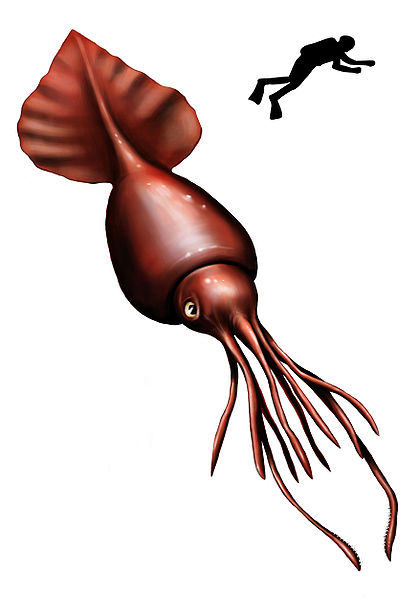
The Largest Eyes
No hub about nature’s giants would be complete without mentioning the huge squids that inhabit the darkest depths of our oceans. It should come as no surprises that these real life sea monsters hold a proud record; in this case it’s the colossal squid that possesses the largest eyes of any animal alive today. Very few adult specimens have been examined, so exactly how it’s huge, protruding eyes is largely unknown. But it can light up to its surroundings by literally glowing, enabling it to focus its dinner plate sized eyes on fast moving prey such as the Patagonian toothfish, which the only intact specimen, an immature female was snacking on when caught in 2003 in the Ross Sea.
The large eyes go with the largest body of any known invertebrate, including its better known cousin, the giant squid. The Ross Sea female weighed 330Ibs and with her tentacles spread out stretched to nearly 18 feet, with roughly half of that being her body, and the rest consisting of a huge head and tentacles. Unlike the giant squid, its physiology suggests that it can move fast. It also has a large muscular fin and up to 25 razor sharp, swivelling hooks on clubs perched at the end of its two extended tentacles. It also has a huge parrot like beak; such an arsenal weapons, coupled with its bulk make it one of the fearsome predators in the sea.
The Heaviest Organism on the Planet

The Heaviest Living Thing
The heaviest living thing is actually a huge tree complex made up of clones of the same individual connected by a common root system and weighing thousands of tons. Though the individual trees or ramets are relatively short lived, there are at least 47,000 of them, all males, and the clone itself is at least 10,000 years old, but probably a lot older, some records even suggest that the clone may be more than a million years old. The ramets are comparatively slender and seldom get to be very tall; the area the complex covers is at least 106 acres.
The quaking aspen can reproduce in the normal conventional way, producing seeds. But if conditions aren’t good for germinations such as if the aspen is damaged by fire or avalanche; then it opts for fast, vegetative reproduction, throwing out new suckers to replace fallen trees and continue the spread of the organism. In fact, the trees are partially fire-proof, so in fact thrive on periodic fires that help to kill off competing trees.
A mature root system like that of the giant clone is also capable of putting out nearly half a million shoots a hectare and nearly a quarter of a million an acre, and since aspen shoots can grow 3 feet a season, it can easily out-compete other trees. Consequently, the quaking aspen successfully colonised North America after the last Ice age and is now the most widely distributed tree on the continent, and second only to the juniper in terms of world coverage.
Visiting the Heaviest Organism on the Planet
The Saltwater Crocodile as seen on the BBC's Life in Cold Blood
Remembering Steve Irwin: The Crocodile Hunter
- Welcome to The Crocodile Hunter Website
The official website of Steve Irwin- the Crocodile Hunter. Gone, but never forgotten.
The Largest Reptile
The world’s biggest reptile is the saltwater or estuarine crocodile weighing in at 2600Ibs. The males are mature at about 10 feet in length, while the females usually cease growing once they reach 7 feet in length. But they do sometimes continue to grow and may live for 100 years. The longest authenticated record is of a male who reached 23 feet in length, but there is a fairly reliable record from the 1950s of a male of over 33 feet that lived along the Segama River in Borneo. Its measurements were actually taken from impressions left by the beast in the sand. These days however, huge individuals longer than 20 feet are very rare.
A saltwater crocodile’s eyes, ears and nostrils are positioned on top of its enormous head, allowing it to lie in wait for prey with the bulk of its body hidden below the surface of the water. Its massive jaw muscles enable it to exert a ton of force- enough to crush and lock its interlocking teeth on to prey, as it can remain under water for hours, it can easily drown large mammals.
The saltwater crocodile is an indiscriminate feeder, taking anything from fish, birds, other crocodiles and mammals, including humans. A male protecting his territory or a female guarding her young may become extremely aggressive if disturbed. They are also notoriously aggressive whenever they inhabit water shared by human beings, in areas like these, human fatalities at the hands of crocs are quite high. Of all the reptiles on Earth, this is the one that must be afforded the greatest amount of respect.
More on Nature's Giants
© 2012 James Kenny


